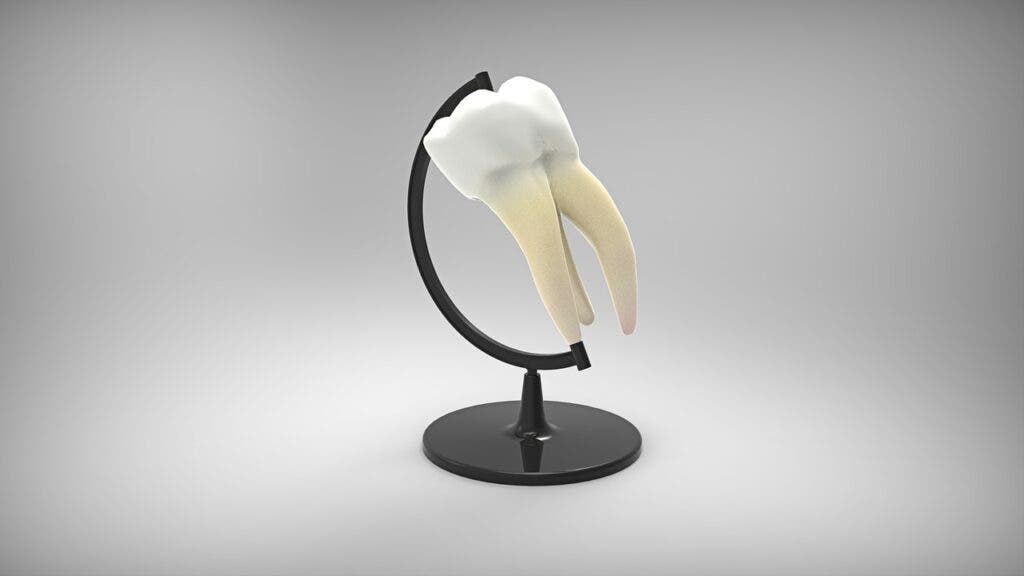
Enamel, the hard mineralized surface of teeth, is the hardest thing in the human body. Pound for pound, enamel is tougher than steel. Its unique mix of minerals, water, and organic material makes it tough enough not to dent while at the same time making it durable enough to withstand decades of grinding and tear – but only for so long. Depending on your diet and how well you care for your teeth, you can stave off tooth decay but only postpone the inevitable for so long. The problem is that once teeth lose their enamel, it never comes back, and tooth decay is right around the corner.
Despite many attempts to replicate the wondrous properties of enamel, most efforts have proven in vain. A new study, however, has reignited hopes that such a thing is possible after researchers at the University of Michigan have devised a way to make artificial enamel. This would be a huge leap for dentistry, which still uses decades-old filling technology to repair cavities.
Mimicking enamel in the lab is incredibly challenging due to its complex structure of interwoven hydroxyapatite nanocrystals, which are one-thousandth the thickness of human hair. These crystals are arranged in wires, which become coated in magnesium by enamel-producing cells. Then they are woven together into a very strong mesh, which is further organized into twists and bunches.
Researchers have struggled while attempting to reconstruct the complex and multi-layered organization of enamel. But where others failed, the authors of the new study finally succeeded. They encased wires of hydroxyapatite in a malleable metal-based coating, resulting in a structure that has a soft layer that can absorb the powerful shock of a bite but is strong enough to take a lot of pressure without denting.
The artificial enamel is stronger than the natural variation due to swapping the magnesium-rich coating with the much stronger (and non-toxic) zirconium oxide. To test the material’s strength and elasticity, the researchers cut a piece with a diamond-bladed saw and then used a mechanical press to apply pressure steadily until it started to crack. The artificial enamel surpassed natural enamel in six different measures, including hardness, elasticity, and shock absorption.
Now, the artificial enamel doesn’t mimic natural enamel to the tee. It lacks the complex 3D woven patterns of natural enamel, but its parallel wire structure is the closest scientists have come to true enamel thus far.
The research could drastically improve the construction of artificial teeth, as well as significantly reduce tooth decay through new and improved fillings that last much longer. However, the best dental treatment is still prevention, which is why doctors recommend having a good dental routine and opting for teeth straightening as early as possible. Comparing options currently available on the market shows there is a good number of quality aligners and braces manufacturers to choose from.
But beyond dentistry, the hard artificial enamel could prove highly useful when incorporated into implantable electrons and biosensors, such as pacemakers and blood pressure monitors.
“This method of making artificial enamel lends itself to commercial production and it can be produced for the manufacture of artificial teeth,” Nicholas A. Kotov, of the University of Michigan, told i.
It’s still early to make any predictions about when this product might reach the market, but since all the components of the material are biocompatible, researchers hope to soon begin trials on both animals and humans. Artificial enamel hasn’t been bound to natural enamel yet, a crucial step in tooth repair, so this will be one of the many tests the material needs to pass before we can finally enter a new age of dentistry.
The findings appeared in the journal Science.









